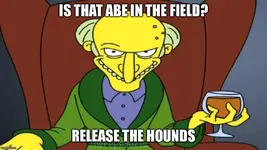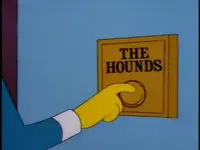oxbowbarefoot
Banned
What an incredible day at a 1660 virgin homesite in Massachusetts! My first find was a huge Brown Bess musket ball. Nice way to get the day started. My next target was the best find of the day, and one of my best finds ever, a 1652 Pine Tree Threepence! It's either a Noe 36 or a Noe 37 variety. Unfortunately the tree side is tough to make a definitive call. Either way, it's well over a $1000 coin��. Then came a sweet George I Farthing. Next find was an Abraham Lincoln related thing, not sure what it is yet. Right next to that was a colonial gold broach. After an early ox knob and a a bale seal came a great goulcher lock or dog lock off a musket or rifle. All in all, a fantastic day!
Thank you Dr. R.M. Gramly for the tip on the location!
Updates:
The Pine Tree Threepence is a Noe 36/Salmon 2-B, Rarity 4, only 75-200 known!
The "dog lock" was actually just part of an old cap gun, darn!
The Lincoln item is a ferrotype campaign button from the 1860 election
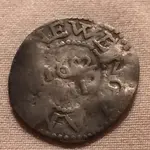
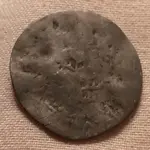
Thank you Dr. R.M. Gramly for the tip on the location!
Updates:
The Pine Tree Threepence is a Noe 36/Salmon 2-B, Rarity 4, only 75-200 known!
The "dog lock" was actually just part of an old cap gun, darn!
The Lincoln item is a ferrotype campaign button from the 1860 election



Attachments
-
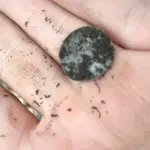 image.webp126.1 KB · Views: 599
image.webp126.1 KB · Views: 599 -
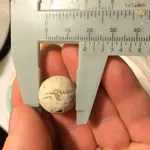 image.webp171.1 KB · Views: 566
image.webp171.1 KB · Views: 566 -
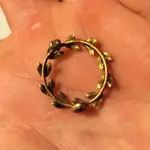 image.webp169.7 KB · Views: 566
image.webp169.7 KB · Views: 566 -
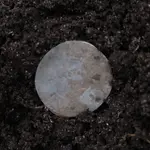 pt1.webp249.5 KB · Views: 406
pt1.webp249.5 KB · Views: 406 -
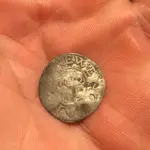 pt2.webp175.5 KB · Views: 420
pt2.webp175.5 KB · Views: 420 -
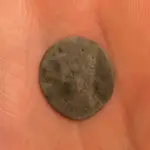 pt3.webp64.6 KB · Views: 378
pt3.webp64.6 KB · Views: 378 -
 kg1.webp89.6 KB · Views: 364
kg1.webp89.6 KB · Views: 364 -
 al.webp235.1 KB · Views: 374
al.webp235.1 KB · Views: 374 -
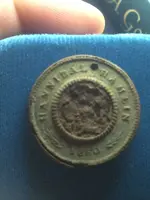 hh.webp193.8 KB · Views: 362
hh.webp193.8 KB · Views: 362 -
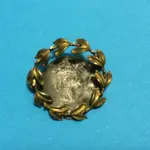 IMG_3025.webp114.9 KB · Views: 361
IMG_3025.webp114.9 KB · Views: 361 -
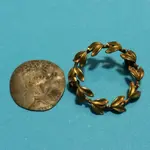 IMG_3027.webp114.8 KB · Views: 356
IMG_3027.webp114.8 KB · Views: 356 -
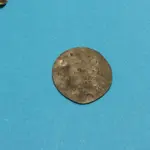 IMG_3032.webp111.6 KB · Views: 359
IMG_3032.webp111.6 KB · Views: 359 -
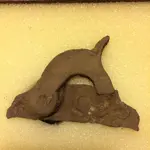 doglock.webp305.7 KB · Views: 378
doglock.webp305.7 KB · Views: 378
Last edited:
Upvote
83




 .
. 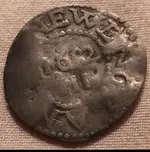
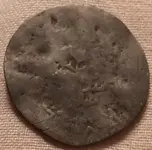
 Now to get serious - fantastic and remarkable results and well-deserved I'm sure. This site of yours is providing uncommon results - finds of quality and in quantity. I know only two New England hunters who have hit the three coin mark for Mass Silver, so right now you're at the top of the game for Mass Silver. Congrats! May I ask on the type of terrain that produced the threepence - field or woods or around an old house? I've only had luck with Mass Silver hunting plowed fields. Recovering 17th century silver from the woods is possible but not probable, and downright impossible at a standing house. I've hunted a few old houses - 17th Century, stone-enders, real old; the Colonial Period finds are no doubt too deep, as I often find myself pulling early 20th century coins from 6"-8". What are your thoughts, Master Jedi Oxbowbarefoot?
Now to get serious - fantastic and remarkable results and well-deserved I'm sure. This site of yours is providing uncommon results - finds of quality and in quantity. I know only two New England hunters who have hit the three coin mark for Mass Silver, so right now you're at the top of the game for Mass Silver. Congrats! May I ask on the type of terrain that produced the threepence - field or woods or around an old house? I've only had luck with Mass Silver hunting plowed fields. Recovering 17th century silver from the woods is possible but not probable, and downright impossible at a standing house. I've hunted a few old houses - 17th Century, stone-enders, real old; the Colonial Period finds are no doubt too deep, as I often find myself pulling early 20th century coins from 6"-8". What are your thoughts, Master Jedi Oxbowbarefoot?
